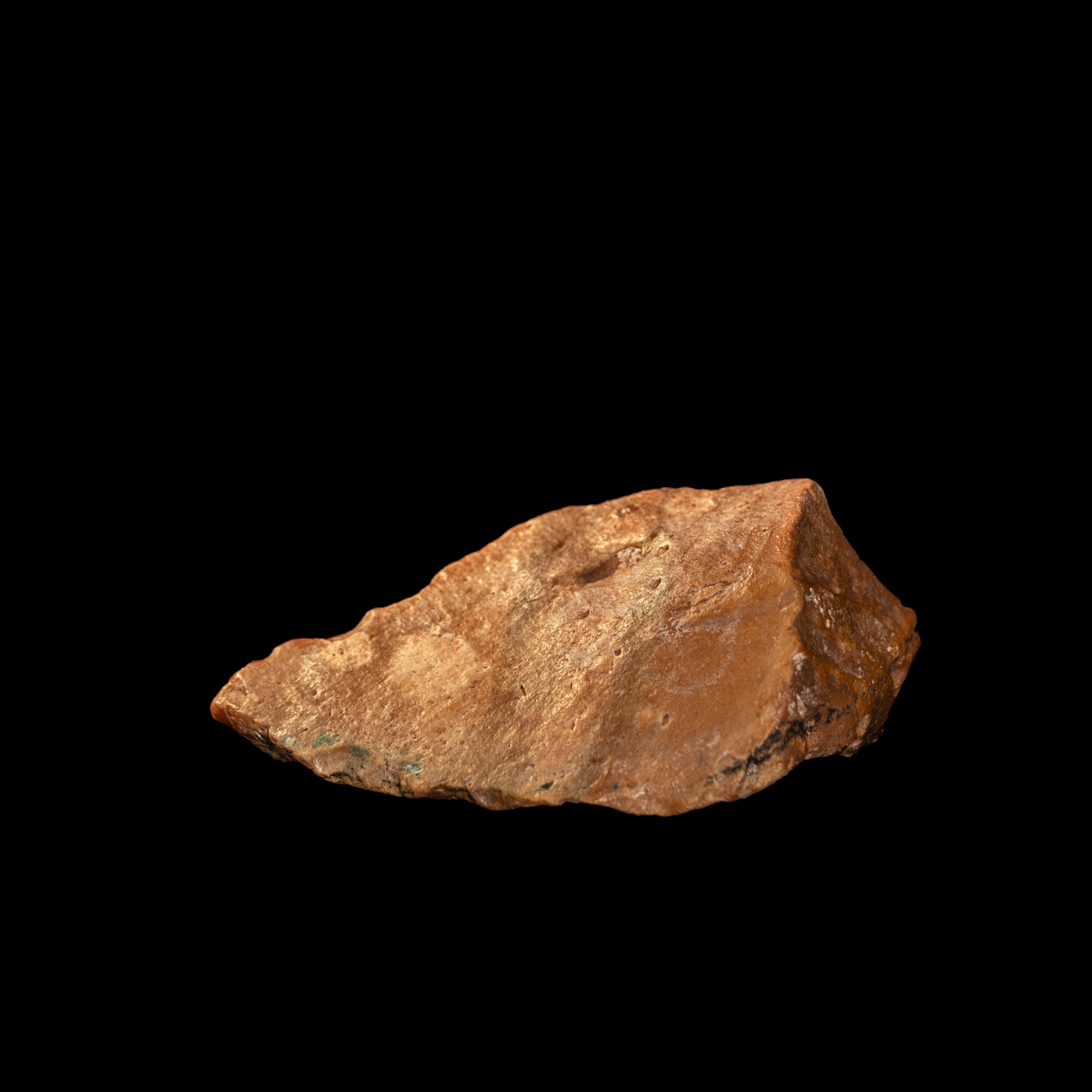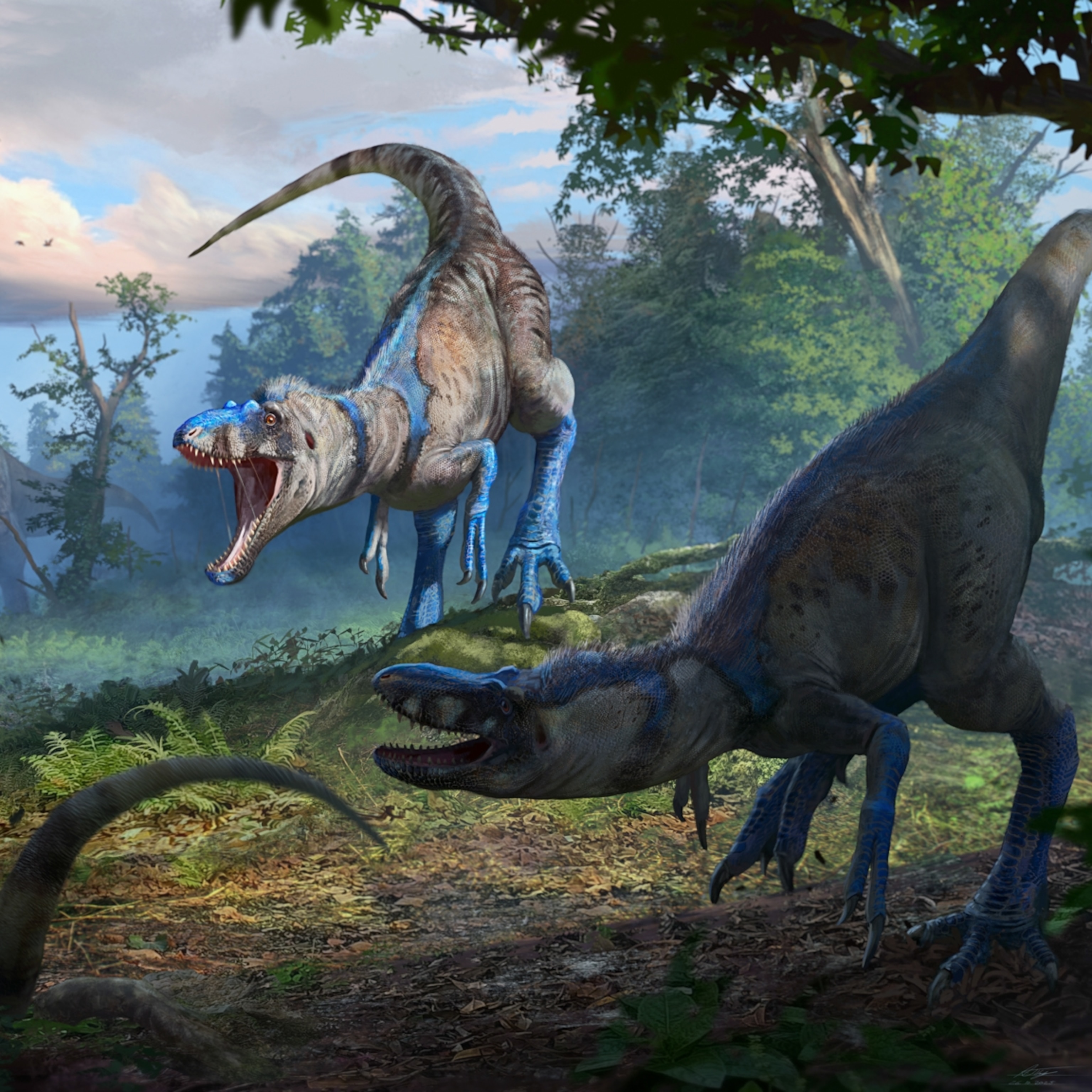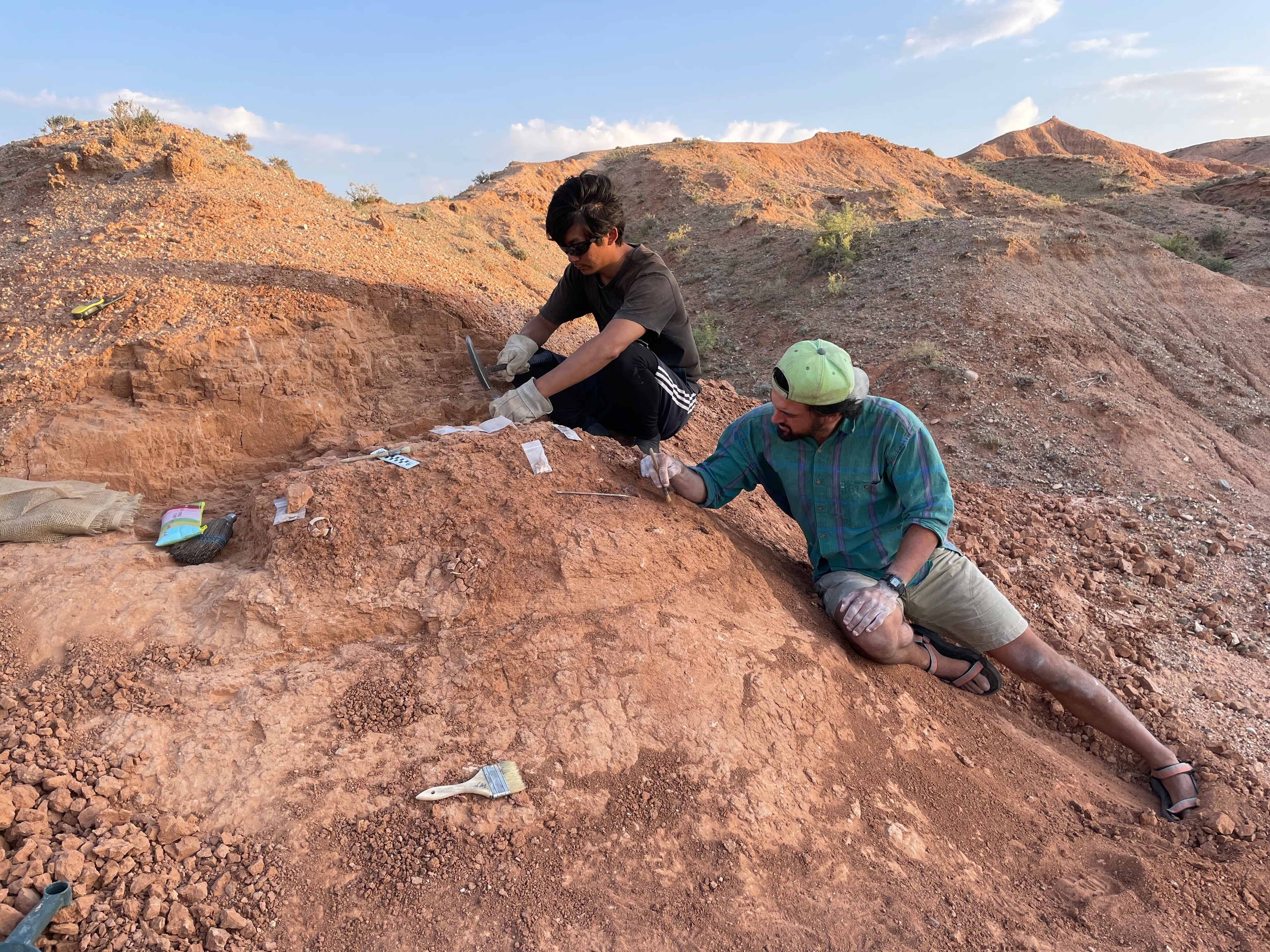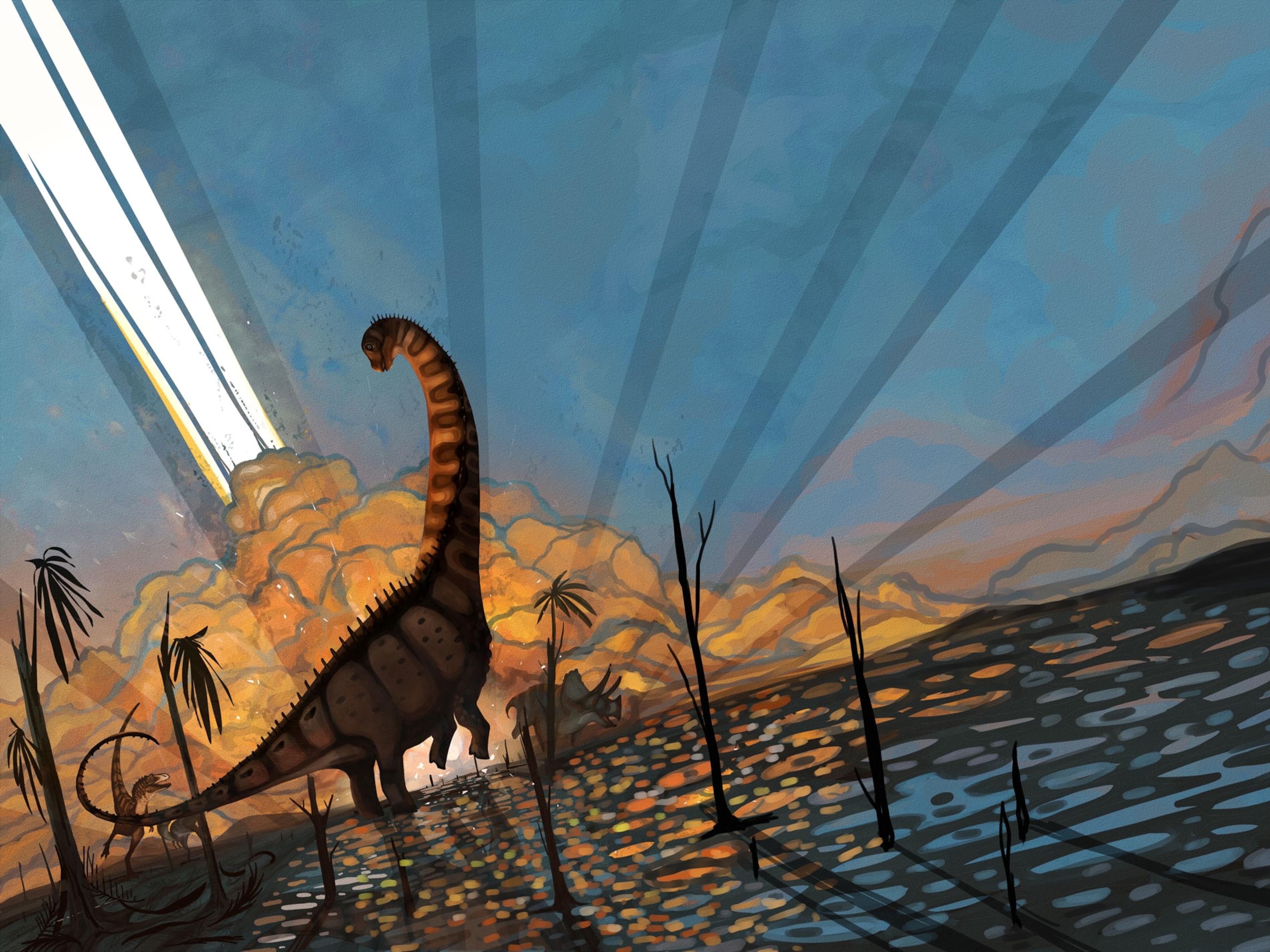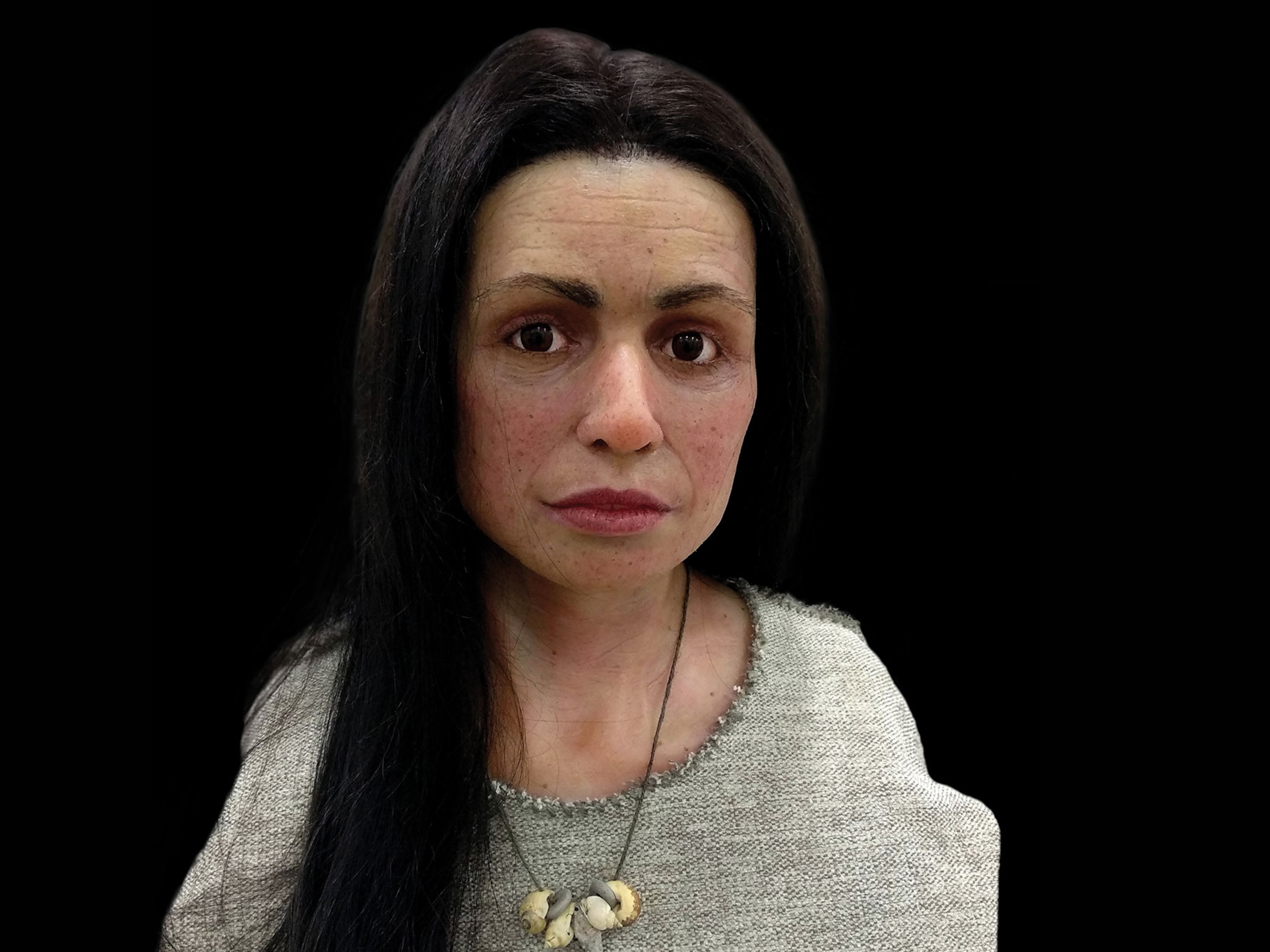In 1856, some curious remains turned up at a limestone quarry in the Neander Valley in Germany. While the skull fragment and bones vaguely resembled those of modern humans, the brow was too robust, and the bones were too hefty. It took eight years for scientists to recognize the fossils as the first evidence of a whole other species of ancient human, Homo neanderthalensis.
Further discoveries have since revealed much more about the Neanderthals, including where they lived, how they cared for their young, and perhaps even their artwork. Now, using ancient DNA extracted from a pair of European Neanderthals, scientists are getting a more detailed picture of the species’ journey across our prehistoric planet.
The predecessors of the Neanderthals likely split from the ancestors of modern humans at least 500,000 years ago, and spread out across Europe and into southwest and central Asia. The new study, published today in Science Advances, suggests that two of these ancient hominins, which lived 120,000 years ago, had surprisingly similar genetics to much later Neanderthals. What’s more, one of the studied ancients also hosted some unusual DNA, hinting at interactions with another hominin group that is yet to be identified.
These discoveries add even more shades of grey to the story of Neanderthal migration and the species’ interactions with our early ancestors, made possible by advancements in ancient DNA analysis, says study author Kay Prüfer of the Max Planck Institute for Evolutionary Anthropology in Germany.
“It pieces together some history that we have absolutely no way to piece together in any other form,” he says.
Neanderthal jigsaw
Past research had suggested that Neanderthals seemed to be genetically well mixed, interbreeding across Europe and into Asia. The data pointing to this genetic similarity, however, were largely limited to around the time that Neanderthals vanished some 40,000 years ago.
There were also a few curiosities that got the team wondering what was being overlooked further back in time. For example, a 120,000-year-old Neanderthal was found in the Siberian Denisova cave—the eponymous site where the Neanderthal’s big-toothed cousin the Denisovans were discovered. That individual, known as the Altai Neanderthal, had a genome very different from those of later European Neanderthals.
Its genetics even differed from the Neanderthal half of a hybrid girl found in that same cave, the offspring of a Neanderthal mom and a Denisovan dad that lived some 90,000 years ago. Instead, her mother’s genes more closely resembled the later Neanderthals. This all suggests that at some point, the Neanderthal population in this region was replaced by another group from the same species. But where did these successors come from, and was this shift limited to the eastern zone of their range?
To tease apart the mystery, the team turned to a 120,000-year-old femur from Germany’s Hohlenstein-Stadel Cave, as well as a similarly aged jawbone from Belgium’s Scladina Cave. They then extracted both mitochondrial DNA, which is a genetic fraction passed from mother to child, and nuclear DNA, which is passed down from both parents and so can often tell a much richer story.
From there, the genetic analysis was no easy feat. The delicate twists of DNA readily break down over time, and the samples are easily contaminated.
“We had to do some trickery to actually get this to work,” Prüfer says, adding that they employed multiple techniques to ensure contamination didn't influence the results.
What they found surprised them: The two 120,000-year-old European Neanderthals were more closely related to Neanderthals that traipsed across Europe tens of thousands of years later than they were to the similarly aged Altai Neanderthal from Siberia. Both older individuals were also remarkably similar genetically to the Neanderthal mom of the hybrid girl.
The genetic resemblance between the European Neanderthals and the hybrid’s Neanderthal half hints that these individuals may be members of the group that replaced the early residents of Denisova cave. And since the pair is similar in age to the Altai Neanderthal, the population replacement may have even been underway as early as 120,000 years ago, says computational biologist Adam Siepel at the Simons Center for Quantitative Biology, Cold Spring Harbor Laboratory.
“These two individuals seem to be close to the 'root' of this replacing population, having lived roughly at the time the replacement was occurring,” he says via email.
Twisted roots
While the analysis completes a few chapters in the Neanderthal story, there are still some cliffhangers. For one, despite the similarity of Neanderthal nuclear DNA though space and time, the mitochondrial DNA from the Hohlenstein-Stadel femur is unlike that of any other Neanderthals yet studied, says study author Stéphane Peyrégne, who conducted this work as part of his Ph.D. research at the Max Planck Institute for Evolutionary Anthropology in Germany.
The mysterious mitochondrial DNA was previously pointed out in a 2017 study in Nature. For this latest work, the team confirmed the accuracy of that analysis and employed numerical tests that showed the genetic variation isn’t just random chance. But they still can’t explain how it happened.
Perhaps it originated from another group of ancient Neanderthals that broke away from the rest of the population long ago. Or perhaps, the researchers posit, the ancestors to ancient humans had a hand in early Neanderthal genetics. Though members of this lengthy European line of Neanderthals are long gone, we know they interbred with the modern humans that left Africa around 55,000 years ago, leaving behind up to two percent Neanderthal DNA in modern people who are not of African descent. (Learn more about the many groups of ancient humans that interbred with us.)
It pieces together some history that we have absolutely no way to piece together in any other form.Kay Prüfer, Max Planck Institute for Evolutionary Anthropology
But perhaps the opposite also took place, and an earlier group of modern humans passed DNA to Neanderthals. In this case, the modern humans would have bestowed at least two different types of mitochondria to Neanderthals, Prüfer explains. One developed into the sequence found in the Hohlenstein-Stadel femur, while the other gave rise to all other Neanderthal mitochondrial sequences yet found.
This discrepancy in the results between the nuclear and mitochondrial DNA is surprising—but perhaps it shouldn’t be, adds Qiaomei Fu of the Chinese Academy of Sciences in Beijing, who specializes in ancient DNA but was not part of the study team.
“Since this also happened in the Denisovan, with more of this kind of evidence, I think more and more [we’re learning] that admixture in hominin history is quite complex and may have occurred quite often,” Fu says via email.
Even with these lingering mysteries, the latest find continues to refine the story of an ancient human relative that we’ve only recently gotten to know, but that seems more familiar with every fresh discovery.
“I think it changes our perception to a certain degree,” Prüfer says, "to understand that there was really a cousin that might have been not unlike ourselves that ... inhabited the same regions that we are living in now.”


